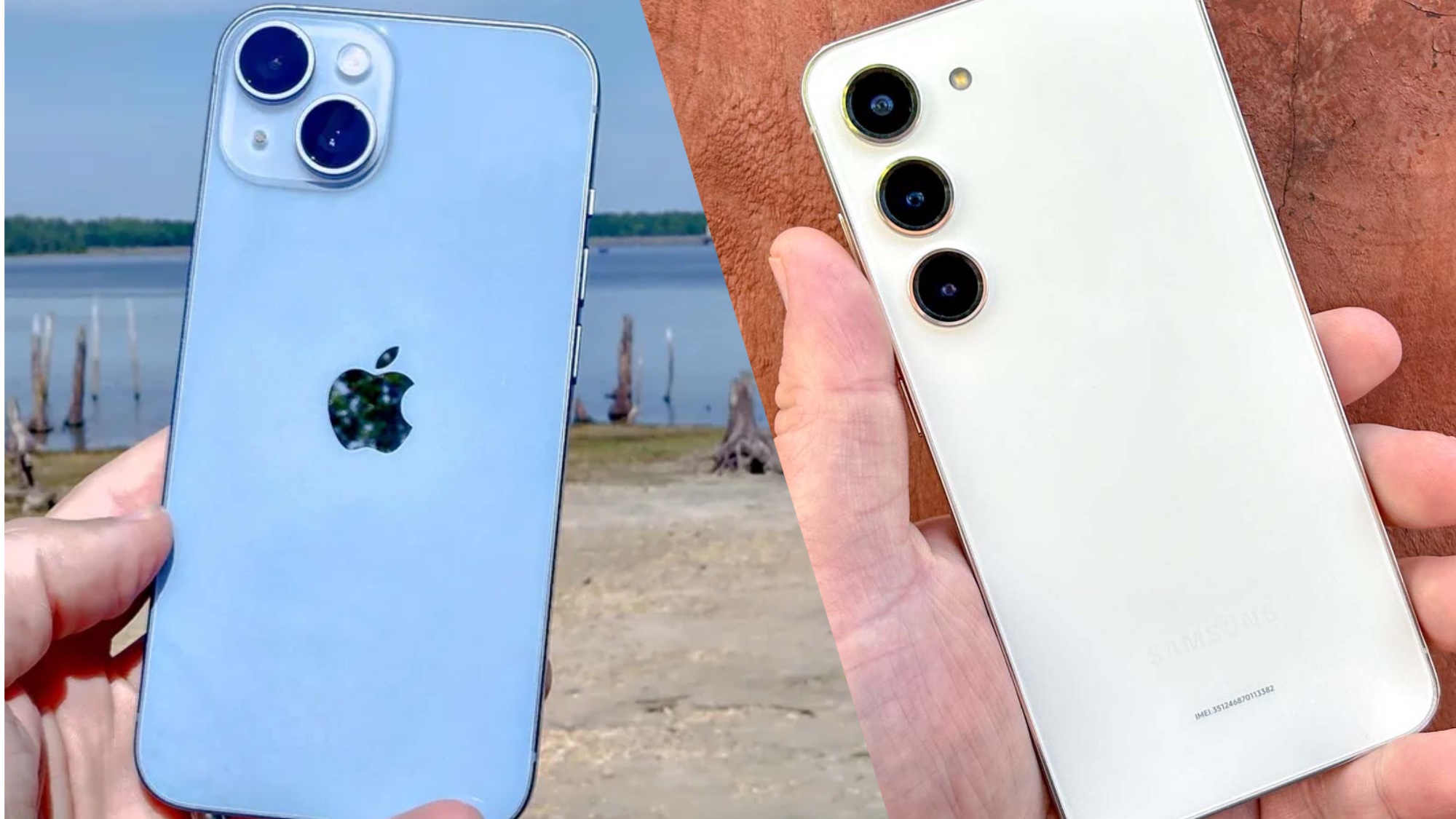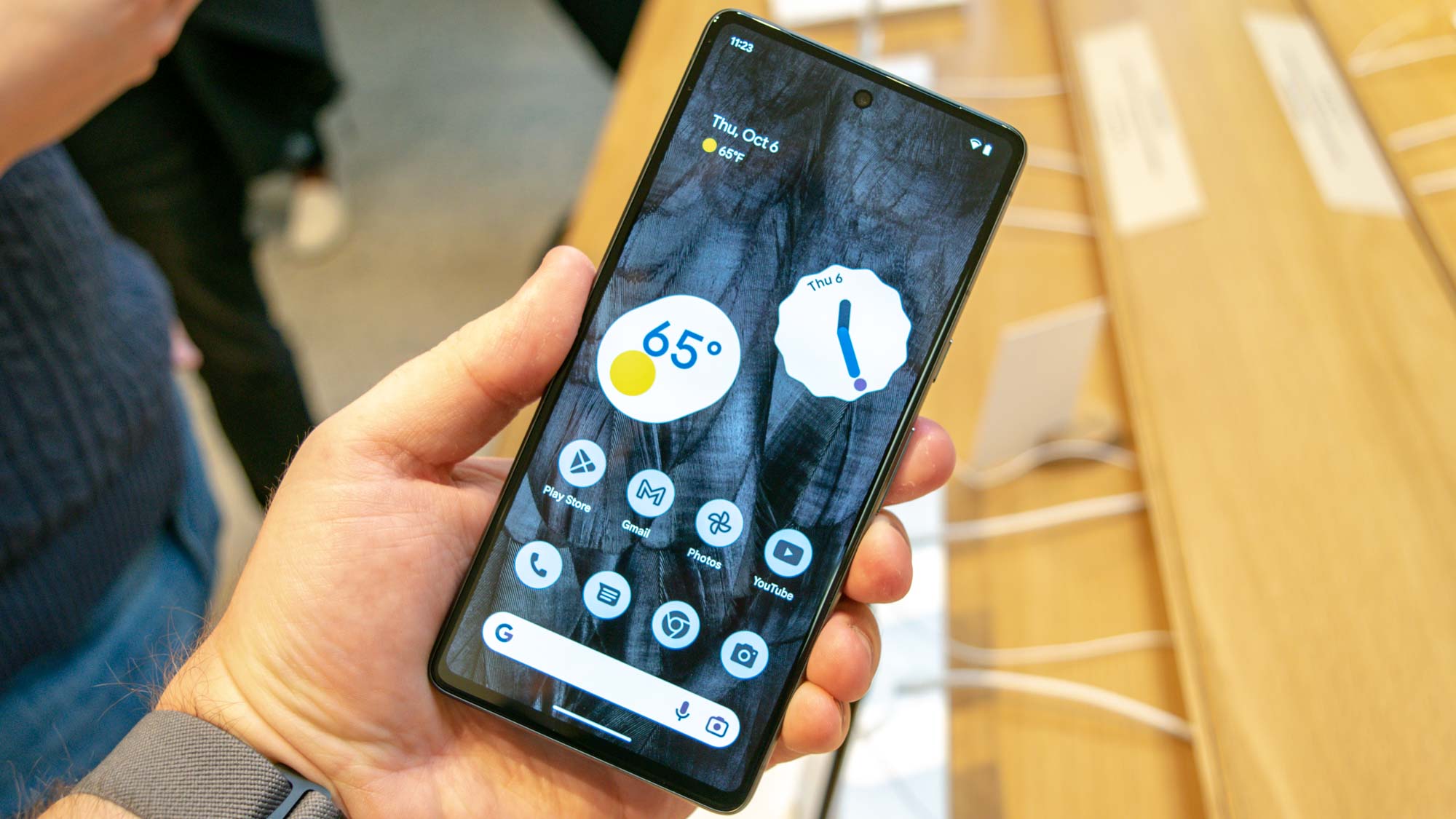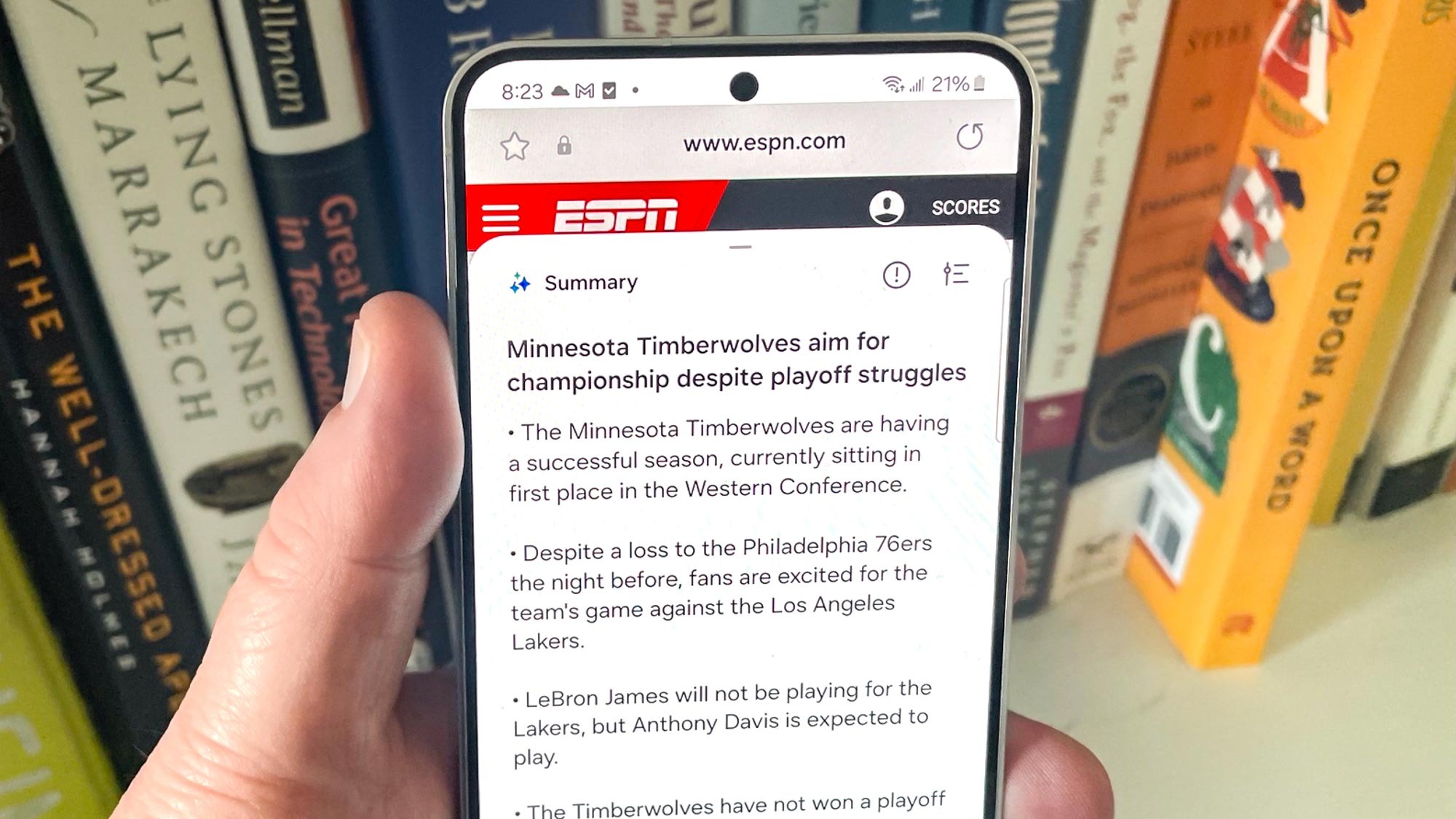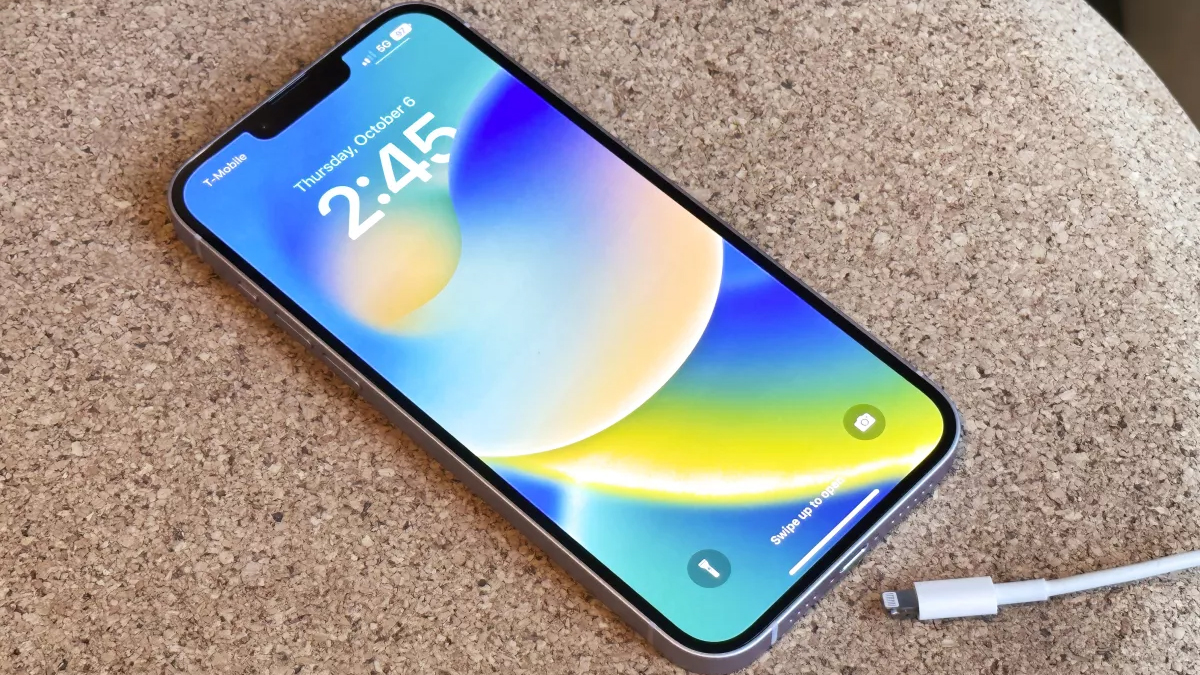
If you're on the hunt for a new phone, you'll naturally be drawn to the latest models from the top device makers. And you certainly can't go wrong choosing among the best phones to recently hit the market.
But, increasingly, phone makers are keeping their older models on sale alongside their successors — and sometimes, picking up the older phone is the better buy.
Apple emerged as something of a leader in this trend, by launching new iPhones but keeping a few older models in its lineup at reduced prices. For example, in addition to four iPhone 15 models, you've also got the iPhone 14, iPhone 14 Plus and iPhone 13 to consider.
But top Android phone makers are keeping their own models around for longer these days. After the past two Galaxy S updates, Samsung marked down the previous year's flagship and kept it on sale — in this instance, that's the Galaxy S23. Head over to Google's store, and you can still find both the Pixel 7 and Pixel 7 Pro alongside the newer Pixel 8 models. (And up until last month, you could have gotten a Pixel 6a, too, though that phone has since been dropped to make way for the upcoming Pixel 8a release.)
The point is, anyone shopping for a new phone has more choices than ever before to consider. And that's a welcome development.
Many of us are holding on to phones longer these days. Why shouldn't phone makers do the same? After all, the features that impressed us when a phone debuted don't suddenly disappear once a newer model arrives on the scene.

Take 2022's Pixel 7, for example. Yes, the Pixel 8 benefits from a newer chipset and a brighter display. But the Pixel 7 still delivers smart features like Photo Unblur and Direct My Call while continuing to take the kind of excellent photos you'd expect from one of Google's smartphones. Plus, it's $100 less than the Pixel 8.
Buying older Android models used to be a race against time, given the limited software support windows for even leading Android flagships. But software and security support is more extensive on the Android side these days. Even though the Galaxy S24 and Pixel 8 phones have extended support to seven years, their predecessors still offer four years of software updates. So you're not shortchanging yourself by opting for the older phone.
There are some challenges to including an older model in your search for a new phone — chief among them is identifying when it makes more sense to skip the latest and greatest hardware in favor of its predecessor. As with any purchase where you go for the discounted product, you're making a trade-off, and you have to be sure that the sacrifice is worth the savings.
Here's how I would figure out if an older phone was the better option than a newer model.
Identify the features you're giving up

We're at a stage in the development of smartphones where radical changes from year to year are few and far between. Instead, you're more likely to see subtle improvements — an upgraded camera sensor here, a brighter display there, a new chipset that offers better power management features and so on. Every so often, there will be a marquee feature that makes this year's model stand out from the previous phone you're considering.
So your mission: figure out what's changed. Then, decide if those changes really matter to you.
Let's take the Galaxy S23, which Samsung offers for $100 less than the $799 Galaxy S24 that came out a few months ago. A glance at the Galaxy s24 vs. Galaxy S23 differences reveals that the newer model has a brighter display and an upgraded Snapdragon 8 Gen 3 chipset that helps the S24 last longer on a charge. There were no significant changes to the cameras from what the Galaxy S23 offers.
Really, the biggest addition to the Galaxy S24 involved the Galaxy AI features where your phone can now perform otherwise time-consuming tasks like formatting your notes and identifying different speakers in an audio recording. We're impressed by those Galaxy AI capabilities — but they're also available to the Galaxy S23 via Samsung's One UI 6.1 software update.
In other words, one of the primary reasons for getting a Galaxy S24 is now available on the Galaxy S23. Unless you really need a brighter display or extended battery life, the Galaxy S23 would be a fine alternative to Samsung's current flagship.
Pay attention to performance and battery

Everyone considers the categories most important to them when researching which smartphones to buy. Opting for an older phone changes the calculus, though. If you don't already look at how a phone performs on benchmarks and battery tests when deciding which one to buy, you really need to when an older model is under consideration.
Why such a priority? Because over time, performance begins to lag and battery life declines. You want to make sure that your older phone is starting out from a strong position in those categories so that you can count on it lasting as long as possible.
Among the year-old phones still on offer from the likes of Apple, Google and Samsung, the iPhone 14 Plus is arguably the best positioned in those categories. Apple's Plus model runs on an A15 Bionic chipset, which still has some pep in it, even if it's not the newest Apple silicon on the block.
More impressively, the iPhone 14 Plus lasted just shy of 12 hours on our battery test — roughly 2 hours longer than the average smartphone. If there's an older phone that's going to defy its age in terms of performance, it's this one.
Find a good deal
Picking up an older phone at marked down price is cool enough. But what's really cool is picking up that older phone when it's been further discounted from its marked down price.
Our look at the best phone deals tends to skew toward newer models. But we still keep tabs on the best Galaxy S23 deals as well as iPhone 14 deals. Savings can come and go, but if you look at those offers, you're likely to find further discounts on a model that's already being offered for less.
Older phones are worth it
Not everyone is going to want to pick up a year-old phone when it's time to get a new handset. Sometimes, the latest hardware is just too compelling to pass up, or there's a feature you really consider to be a must-have. And that's understandable.
But the days of automatically dismissing an older phone from consideration are over. There are just too many options that still deliver strong features for a good price. And if those features line up with what you're looking for in a phone, you shouldn't hesitate to buy it just because it's not the latest model.






